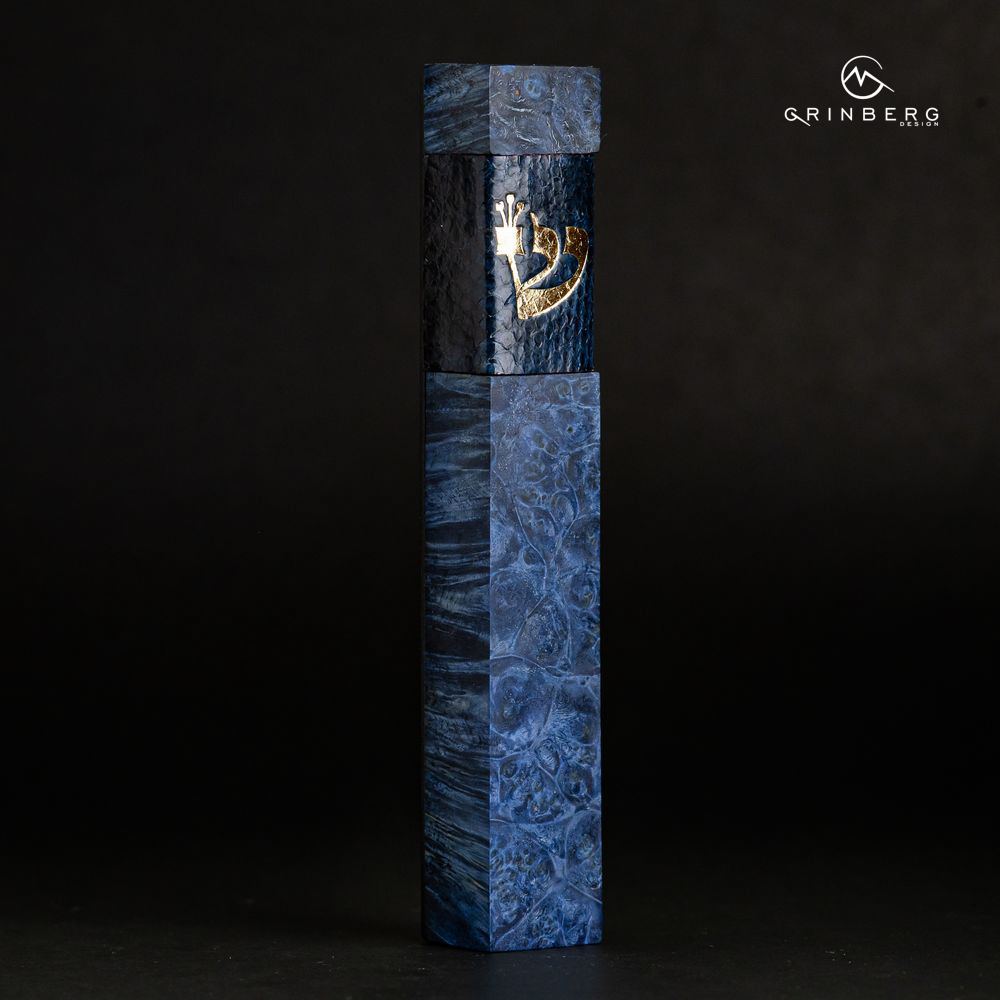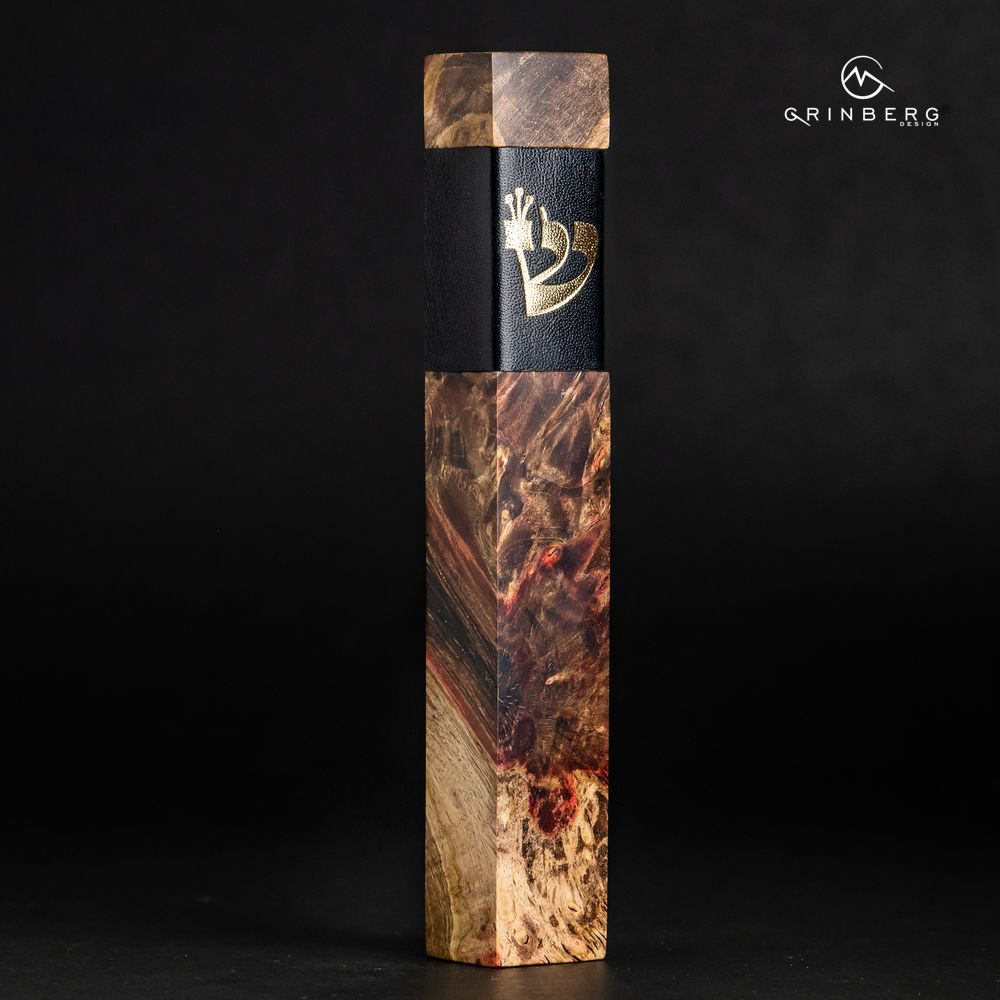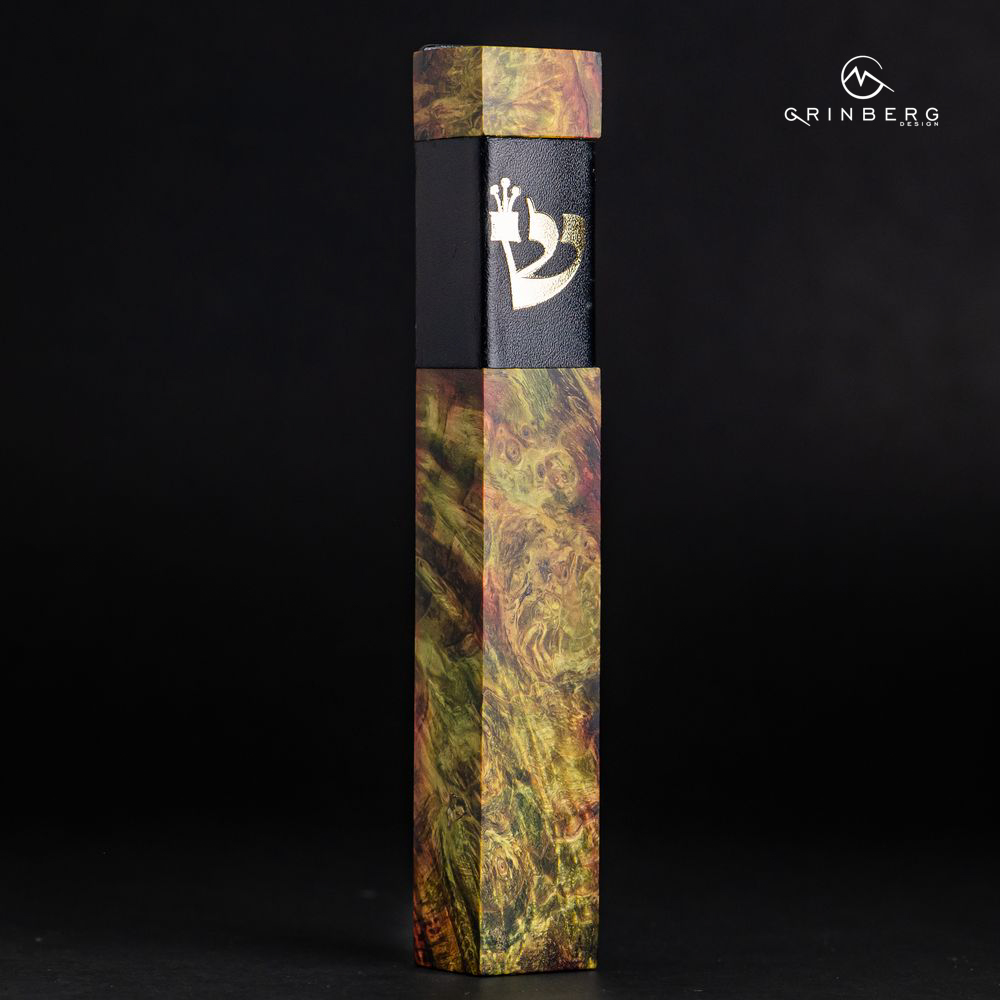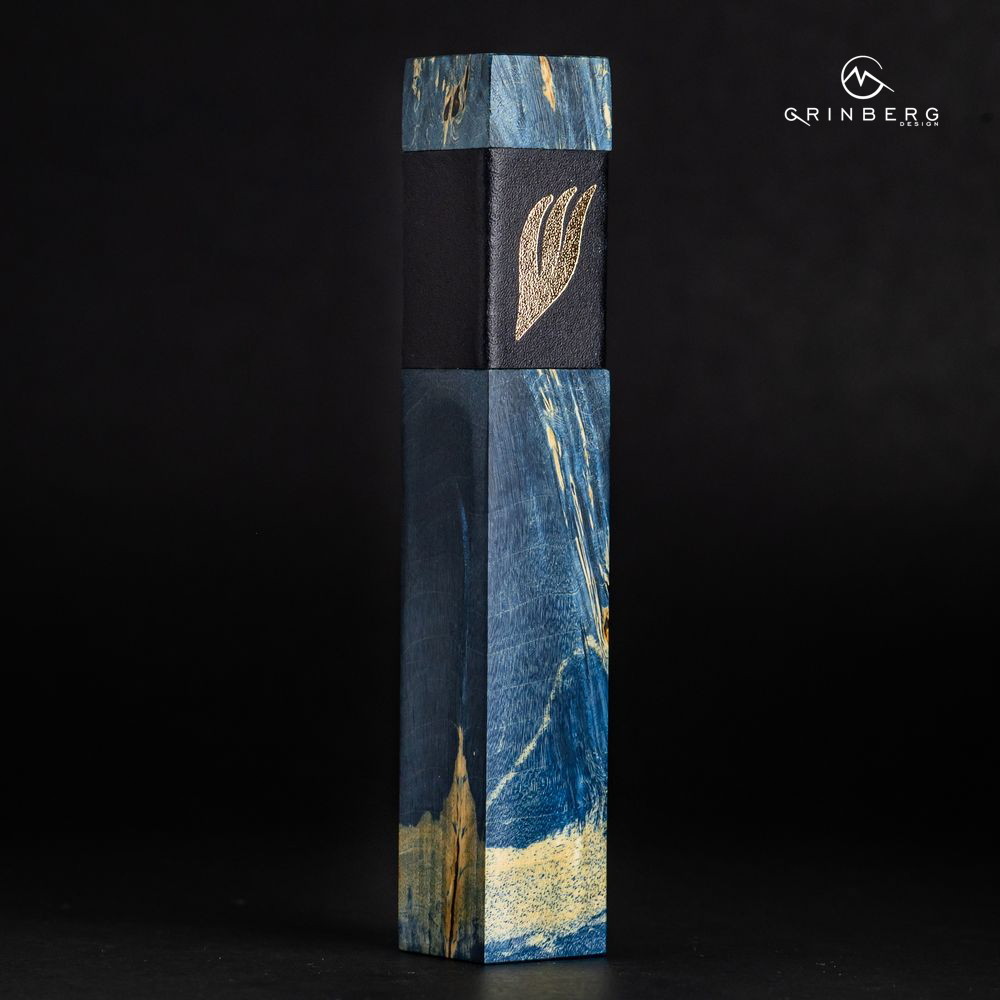When a Jew attaches a mezuzah, he entrusts his house and everyone living in it under the patronage and protection of the Almighty. The Lubavitcher Rebbe compared the mezuzah to a soldier’s helmet capable of saving a life. A mezuzah that meets all the requirements protects the Jewish home from all negative influences. Jewish tradition says that the mezuzah protects the residents of the house, even if they are on the road. As it is said in the Psalms (Teilim): “The Lord will keep you at your exit and at your entrance.”
These are lines about the mezuzah. It is important to understand that only a mezuzah that meets all the requirements of Jewish law has such properties. If, God forbid, the mezuzah becomes unusable (for example, the letter is erased, etc.), then the mezuzah “does not work”, loses its properties. Therefore, it is very important to acquire mezuzas, the quality of which there is no doubt. There is a custom, entering and leaving, to kiss the mezuzah with love and joy. This is due to the custom of kissing a Torah Scroll.
In the mezuzah itself, the following is written: “And write them on the doorposts of your house and your gates, so that your days and the days of your sons may last on the land that …” The Almighty Himself indicates the reward for fulfilling this commandment: longevity and sustenance. For it is said, “And I will give rain to your country in due time, early and late, and you will gather your bread, and grapes, and olive oil.” Hence we teach that a person who carefully observes the commandment about the mezuzah lives for a long time. What is said in the mezuzah covers almost all aspects of human life and applies to both the physical world and spirituality.
Our sages have said many praiseworthy words about the mezuzah, because thanks to it a person receives great benefits: children, food and health. Even when a person is not busy thinking about the mezuzah, he is guarded by one of the Names of the Almighty, consisting of the letters “shin”, “dalet”, “yod” and meaning “Almighty”. This Name is usually depicted on the mezuzah. It is also perceived as an abbreviation of the words “Shomer Dlatot Israel” (Guardian of the doors of Israel).
By law, mezuzahs are attached to the door jambs of all rooms of a Jewish home or place of work, if this room is related only to a Jew or his family. (i.e., in a communal apartment, a mezuzah is not hung in public areas, and at work, a mezuzah is hung, for example, on the jamb of a personal account).
The exception is the bathroom, toilet and non–residential premises, such as an attic or a warehouse – there is no need to install a mezuzah. If you have only one mezuzah, it is better to attach it at the main entrance to the house.
Do not install a mezuzah at the entrance to a temporary dwelling – that is, one where a person is going to live for less than 30 days.
A mezuzah is not attached at the entrance to a living room if its area is less than 3.68 sq. m
. Whether a mezuzah should be attached at such an entrance where there are no jambs and lintels or on a door of a different shape or type other than a casement, you should ask a rabbi.
– How to place a mezuzah on a jamb-
The mezuzah is installed on the side of the jamb that is external to the room, i.e. in front of the entrance. However, if there are concerns that the mezuzah may be stolen or damaged, it is allowed to attach it indoors.
The mezuzah should be located in the lower part of the upper third of the height of the jamb, no further than 8 cm from its upper edge. If the door is so high that the mezuzah attached to the upper third is noticeably higher than the shoulder of a person of average height, it should be attached lower; if the door, on the contrary, is low, the mezuzah should be attached higher, but no closer than 8 cm from the lintel.
It is customary for the mezuzah to be slightly tilted in the direction of the entrance, but if the jamb is too narrow, the mezuzah is hung vertically.
Outside of Israel, the mezuzah should be installed no later than the 30th day from the day of settlement in an apartment or in a house, and in Israel – from the moment of settlement. The reason for this difference is that the Land of Israel is considered a place intended for Jews, and settlement in other countries is initially considered temporary.
The establishment of the mezuzah has nothing to do with the celebration of the new settlement.
The obligation to install a mezuzah lies with the one who lives in the house or uses the premises, and not with the one who owns it, therefore, mezuzahs are also installed in rented premises. When building or repairing a house, mezuzahs are attached only after the doors are installed.
How to choose a joint
The case with the mezuzah is attached to the jamb, which is located to the right in relation to the person entering the room. The direction of the person entering the interior is determined by the direction of his movement from the main entrance. In Chabad, they adhere to a different tradition: in the interior of the house, the direction of the incoming person is determined by the direction in which the door opens, while it is considered that the incoming person opens the door from himself.
Before attaching the mezuzah to the jamb, a blessing is pronounced:
BARUCH ATA ADONAI ELOGEINU MELEH AOLAM ASHER KIDESHANU BEMITSVOTAV VECIVANU LIKVOA MEZUZAH
“Blessed are You, G-d, our G-d, the Lord of the Universe, who sanctified us with his commandments and commanded us to establish a mezuzah.”
Immediately after the blessing is pronounced, the installation of the mezuzah begins. If several mezuzas are attached in a row, it is enough to pronounce the blessing once, but all the time until the last mezuzah is attached, you can not be distracted and even talk about topics unrelated to the process of installing the mezuzah. If the mezuzah was poorly secured and fell, it is attached again and a blessing is pronounced.
If the mezuzah was mistakenly attached in the wrong place, it must be removed and reattached in its proper place, pronouncing a blessing.
Blog
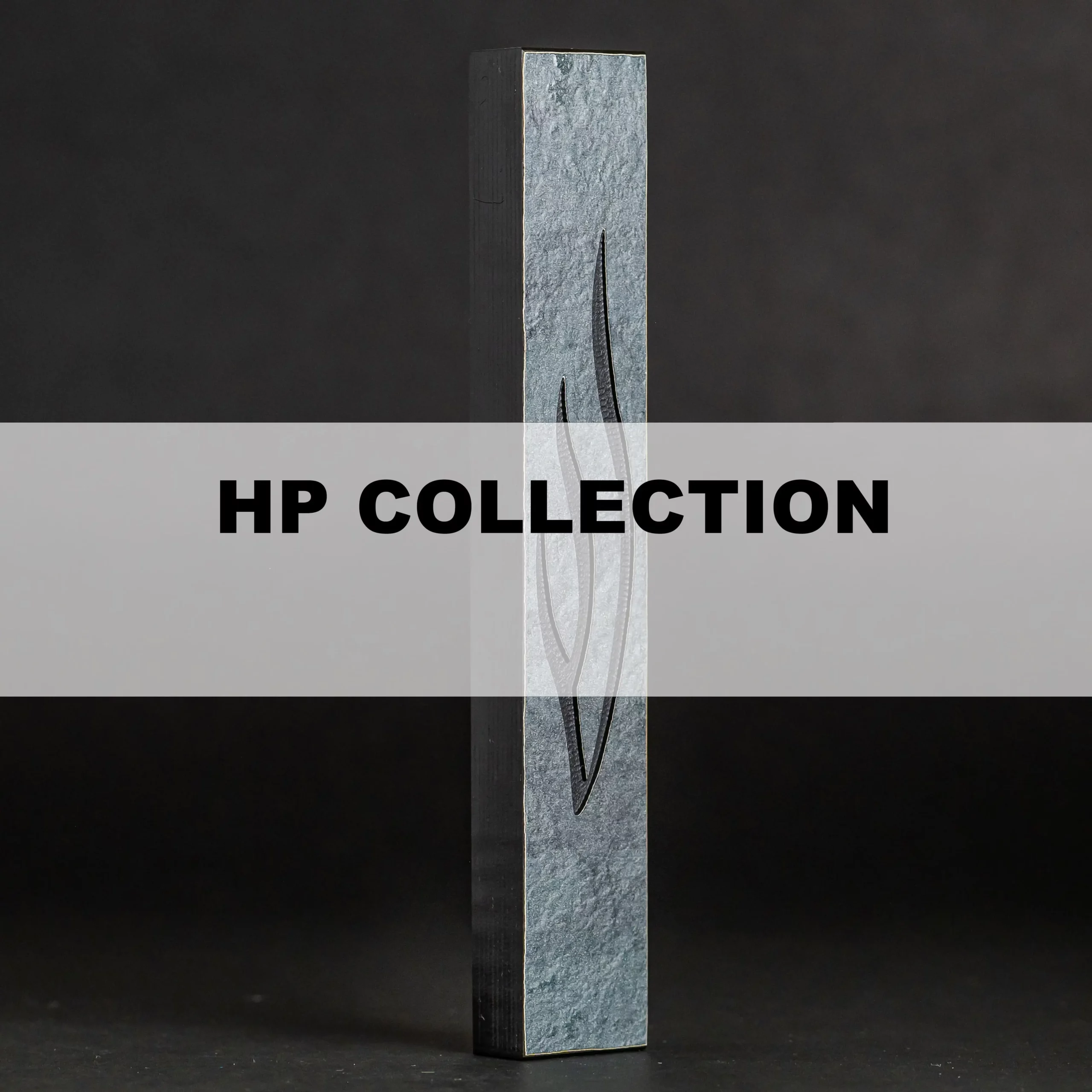
HP Collection
This collection is made of modern polymer material, which is very light, strong, decorative and resistant. The pattern is laser-engineered, back cap made of painted aluminum.These mezuzas can be fixed on the street or in any room. Decorative coating, which perfectly imitates natural materials does not burn out in the sun, is not afraid of…

Metal & Leather Collection
Collection of metal and leatherThis collection is made of aluminum, which is covered with natural leather. The cap is also made of aluminum, which protects the scroll from moisture and air. The letter is cut out of steel. The base of the mezuza, which is attached to the doorjamb is made of polished and lacquered…
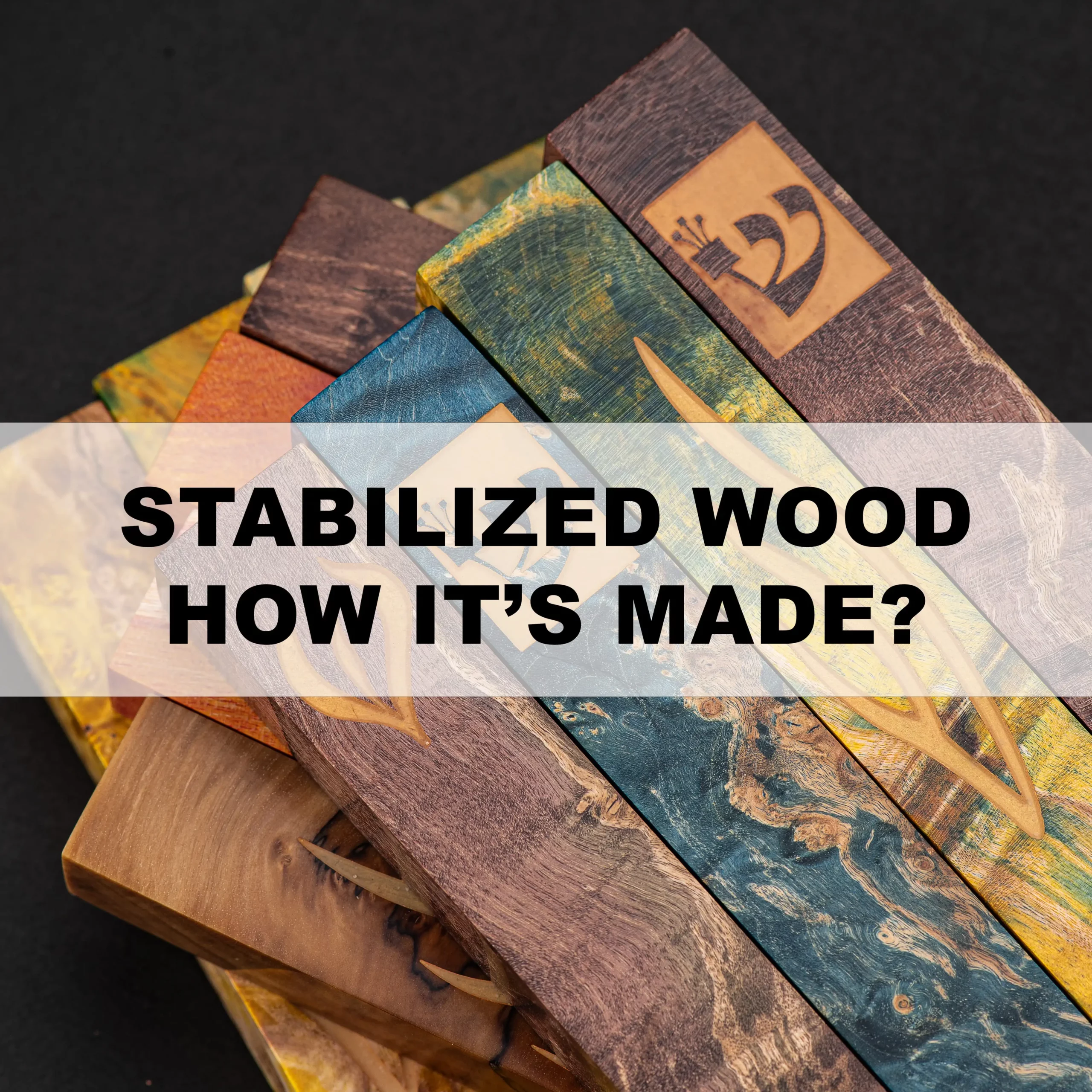
Stabilized wood Collection
I use a very rare and valuable species of wood to make this collection. A special part of the trunk where the sleeping buds are located close together and form a decorative growth. In the cut they look like rays of the sun or intricate patterns. The pattern of each tree is unique and unique….


